As a child, Aaron Yang always went to one place directly after school — his family’s Taiwanese restaurant. Located in the suburban city of Arcadia, California, the restaurant was quiet when he arrived. Afternoons are generally a lull time in the restaurant business and Aaron took advantage by doing homework, tuning out the sounds of servers cleaning tables and a kitchen prepping for dinner service.
However, evenings produced a different beast — the dinner rush, transforming the restaurant to coordinated chaos. Aaron transformed as well, morphing from student to a restaurant Swiss Army knife: swiping credit cards, helping the kitchen and serving food.
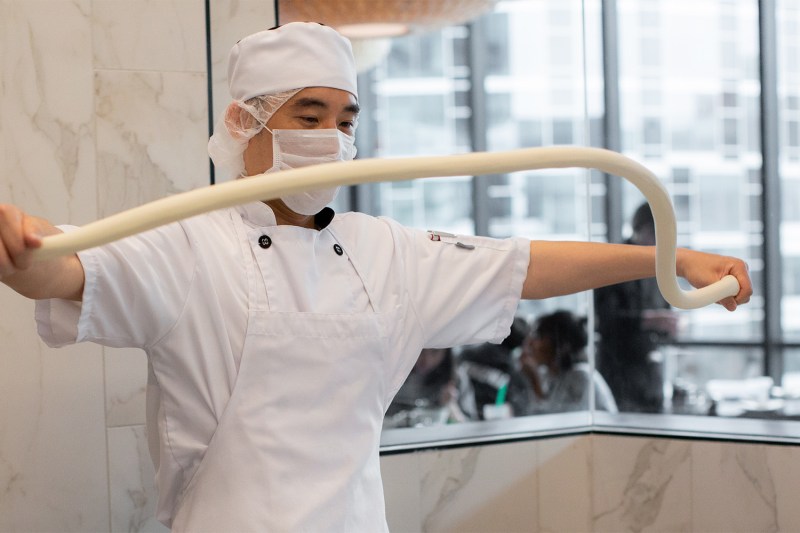
The story of Aaron’s childhood will be familiar to many restaurant kids — formative years spent juggling schoolwork and family responsibilities. But Aaron’s family restaurant isn’t a typical restaurant — it’s Din Tai Fung. With locations from Las Vegas to Dubai and accolades from New York Times reviews to a Michelin Star, Din Tai Fung has become the international standard for soup dumplings and a global ambassador for Taiwanese cuisine.
Taiwanese cuisine is complicated, the result of Chinese immigration, Japanese colonization, and generations of cultural intermingling. For centuries, mainland Chinese people have immigrated to Taiwan, bringing with them their various Chinese regional cuisines. Aaron’s grandfather and the founder of Din Tai Fung, Bing-Yi Yang, was part of this Chinese immigration wave, moving to Taiwan from Shanxi, China.
It was these mainland Chinese immigrants that introduced dishes like soup dumplings to Taiwan. Called xiao long bao (‘little dumpling in a basket’ in Chinese), soup dumplings are originally from Jiangsu, a province on the central eastern coast of China known for savory, yet sweet dishes, often accented with the sharp taste of vinegar and fresh seafood. Bite into a soup dumpling and you experience a surreal combination of opposing textures — an elixir of hot broth and meat all encased in thin dough.
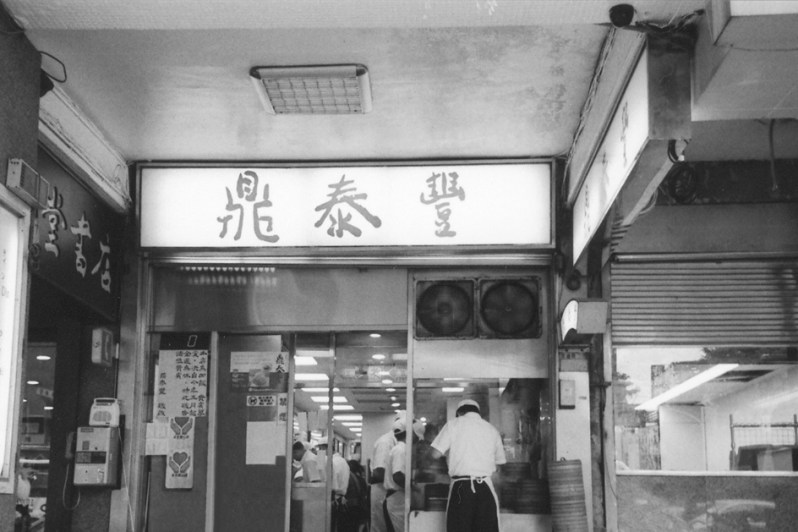
Soup dumplings are now prominent in Taiwan and it can be difficult to find a Taiwanese person without an opinion on their favorite soup dumpling restaurant. What separates Din Tai Fung from other soup dumpling restaurants is a focus on quality, consistency, and attention to detail. Each Din Tai Fung dumpling features exactly eighteen folds and it can take up to 6 months to properly train a dumpling maker. It’s not uncommon for a Din Tai Fung dumpling apprentice to go through thousands of subpar dumplings before one is deemed acceptable.
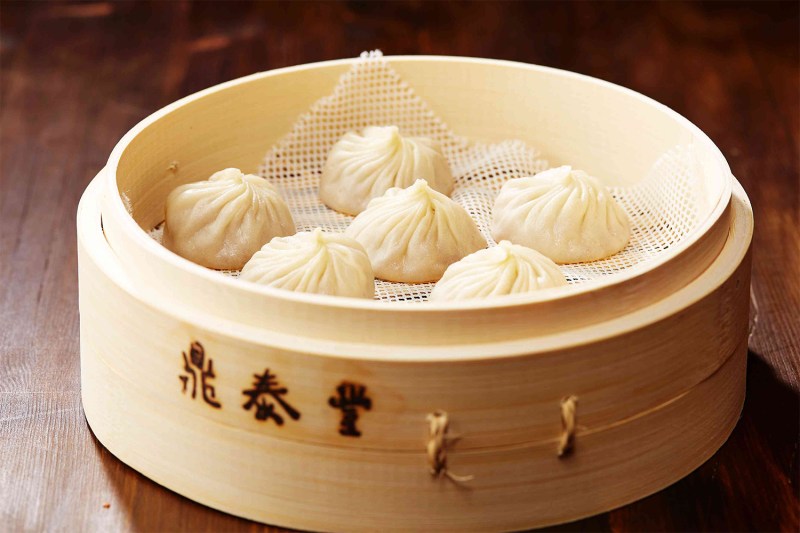
It’s this same attention to quality and detail that drives Aaron. After graduating high school, Aaron attended Cornell University, majoring in hospitality administration. His dream was to graduate and go back to his family restaurant with a plan to elevate the brand to the next level. As a child, he saw the difficulties his parents endured in America. The Arcadia restaurant was the first American Din Tai Fung but not the first international location. Din Tai Fung had already opened a second location in Japan. But Japan has a history with Taiwan along with a culinary and cultural appreciation for Chinese cuisine.
America was different and the challenges were immense. Labor costs are prohibitively higher in America than Taiwan, along with cultural differences in work culture. Aaron’s parents were immigrants — both English and American culture was a foreign language to them. Taiwan was also an unknown place to most Americans and it wasn’t uncommon for some American customers to conflate Taiwan with Thailand.
Throughout this, Din Tai Fung never wavered on its fundamentals, insisting on presenting a menu unadulterated to a version of Chinese American takeout suitable for mainstream America. However, this focus on promoting authentic cuisine doesn’t mean inflexibility. When Din Tai Fung expanded to the United Arab Emirates and Indonesia, they adjusted their menus for the predominately Muslim countries, replacing pork with chicken or beef.
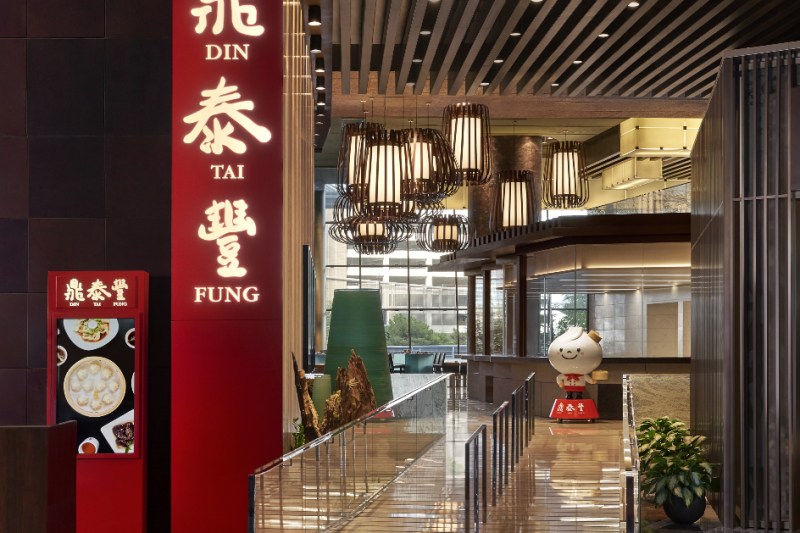
It’s this diversity that makes Din Tai Fung unique from its competitors. Besides the soup dumplings, made with high quality Kurobuta pork, the restaurant features many non-dumpling dishes from throughout China. “I think the braised beef noodle soup is definitely underrated,” said Aaron. “It’s a very flavorful soup that’s not an acquired taste at all. The same with the sticky rice wrap, zongzi in Chinese. That’s an item I think isn’t ordered as often as it should be. It just melts in your mouth.”
At its core, Din Tai Fung is an immigrant business. Even the original location in Taiwan was started by Aaron’s Chinese immigrant grandfather. Perhaps this is the reason why the brand is successful globally — opening in different markets is a part of Din Tai Fung’s DNA. Din Tai Fung is also a physical representation of Taiwanese national pride. Taiwan, an island where most the population is ethnically Chinese, is often overshadowed by the enormous Chinese mainland. As Din Tai Fung started to garner international fame, first in the 1990s by Japanese tourists and later by people from all over the world, Taiwanese people suddenly had a homegrown brand to embrace, one that represented their identity and culture.
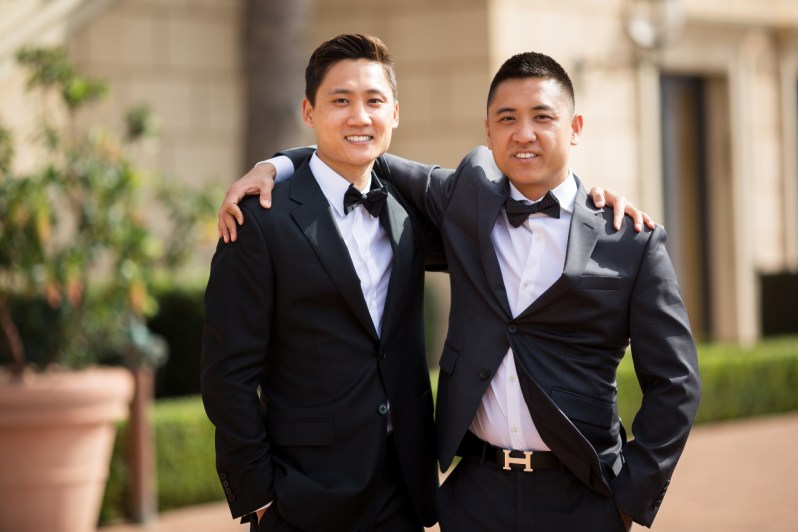
For Aaron, this embrace of authenticity and culture is the future of international Chinese and Taiwanese cuisine, especially in America. “What Din Tai Fung has always valued will become more mainstream,” said Aaron. “That embrace of more authentic cuisine, of not watering things down and not Americanizing the food. Pivoting to high quality ingredients, quality over quantity — hopefully more places will help with the mainstreaming of different cuisines. And I think in the future, you’ll see more and more ethnic cuisines taking the spotlight in the mainstream.”




